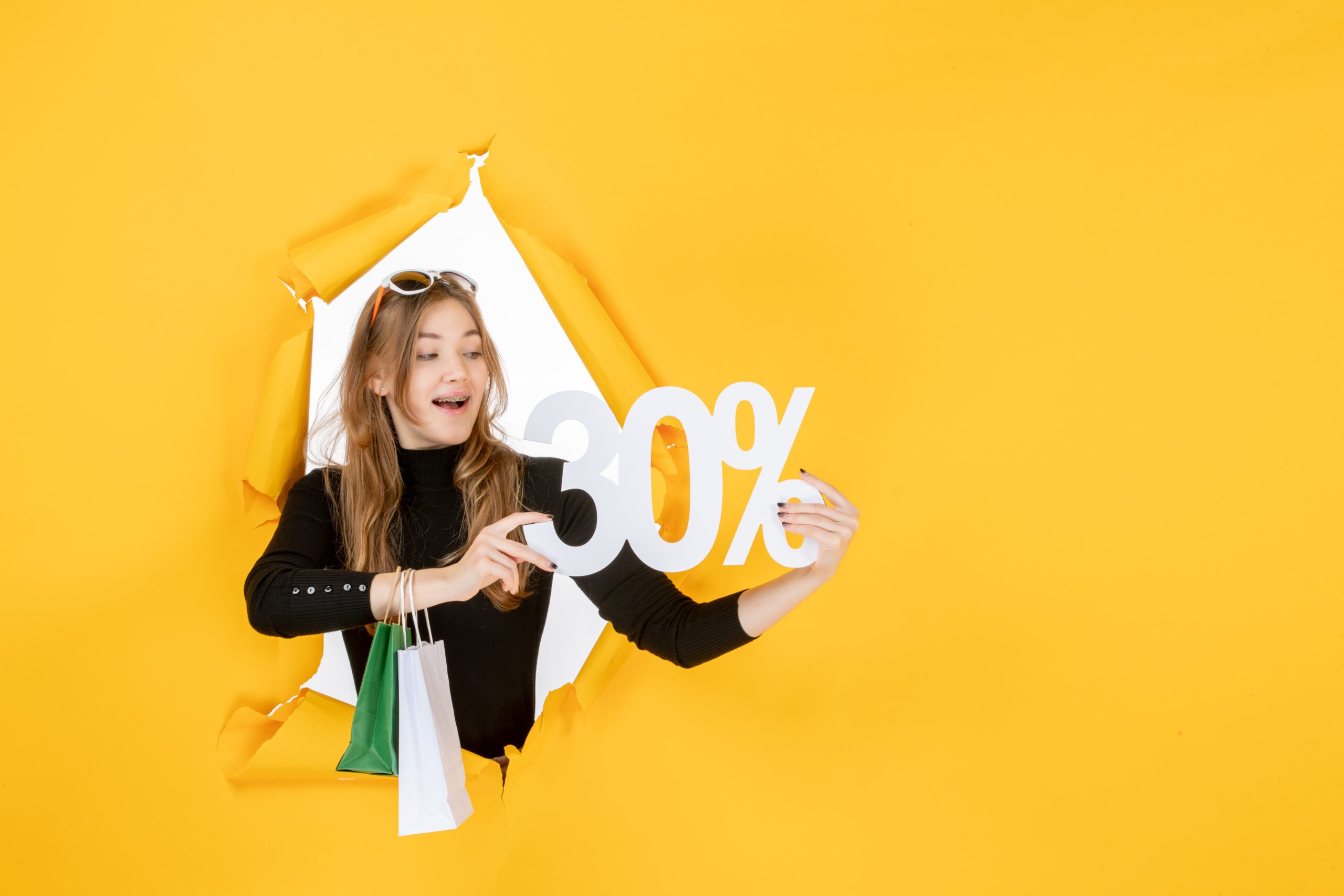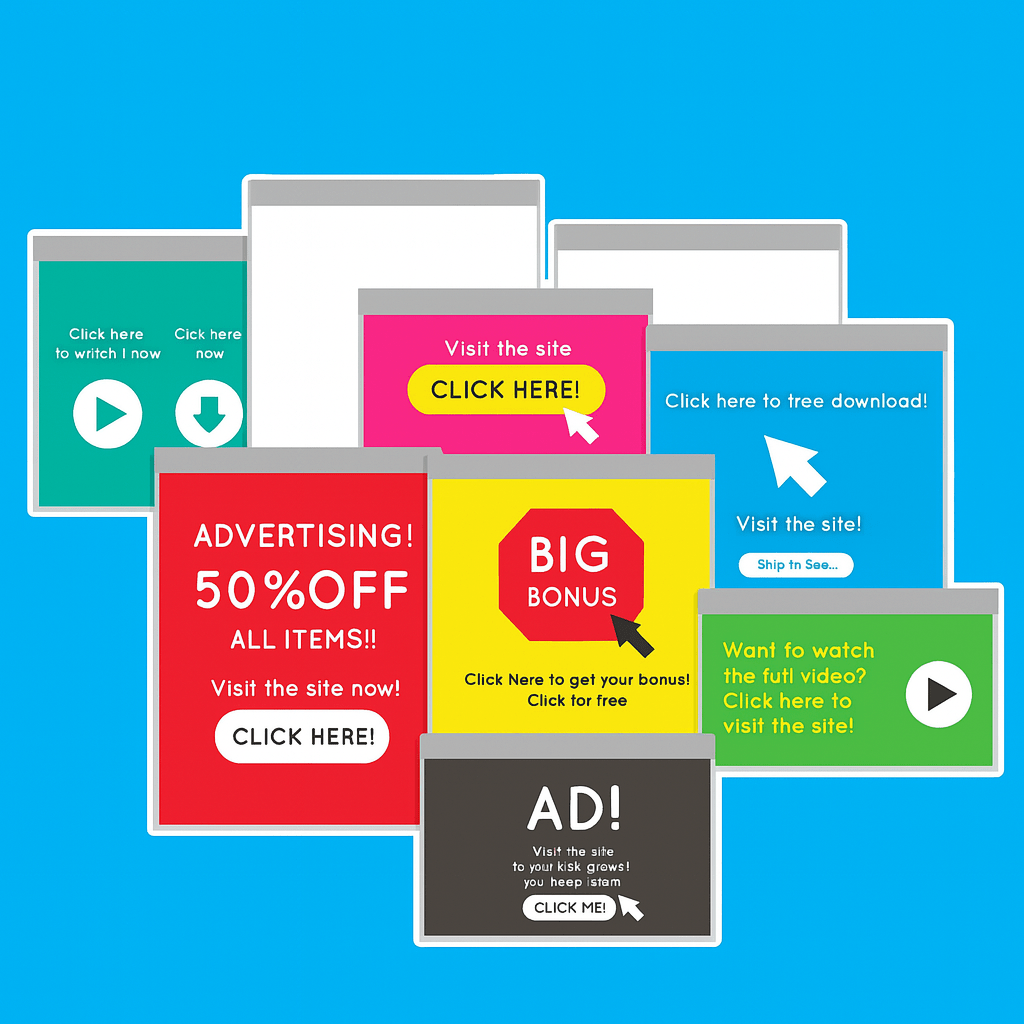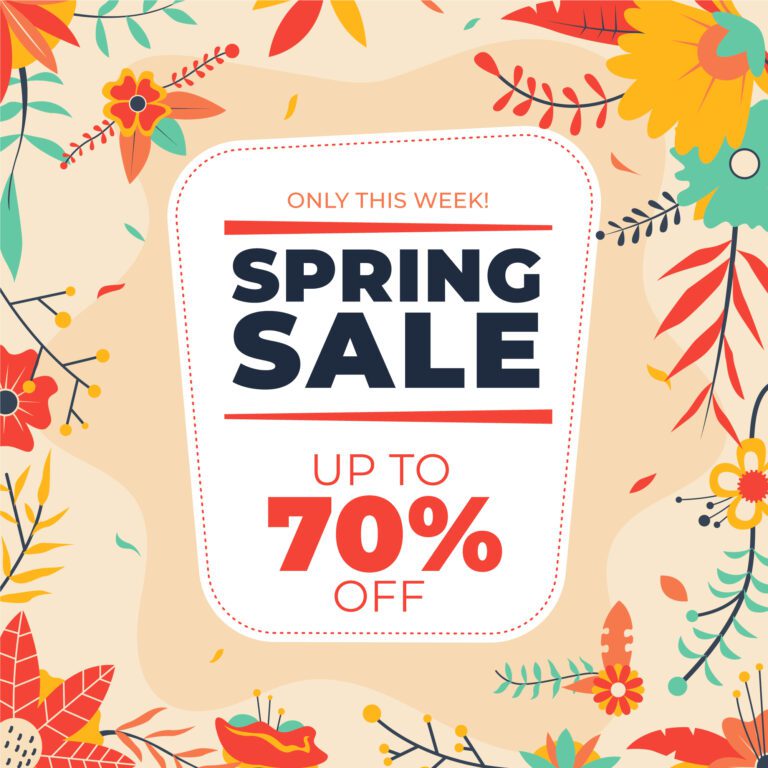Returning Visitor Popup: Re-Engaging Past Users

I hope you enjoy this blog post. If you want Hello Bar to grow your leads, click here.
Author:
Mansi
Published
June 26, 2025

Table of Contents
Let’s start with the obvious: most people don’t convert the first time they visit your site. That’s just how it is. They show up, click around, maybe read a blog, maybe even add something to their cart—and then they leave. No signup. No sale.
So what now? Just wait and hope they come back?
No. You need a plan for when they do come back. And that’s where Returning Visitor Popups come in.
These popups aren’t just annoying little windows. When done right, they’re simple, direct nudges. Quiet reminders. Useful prompts. They’re how you start re-engaging past users via popups without being a pain about it.
Let’s break this down.
What Are Returning Visitor Popups?
Returning Visitor Popups are popups that only show up to people who’ve already been to your website before. That’s it. Not brand new visitors. Just the ones who left without doing what you wanted them to do.
It could be someone who:
- Visited a pricing page but didn’t book a demo.
- Read three blog posts but didn’t subscribe.
- Added something to their cart but didn’t buy.
- Came from a campaign a month ago and just popped back in.
These are the people who showed interest once. That’s the group you’re talking to. You’re not trying to sell them hard—you’re just nudging them in the right direction the second time around.
Why Should You Bother?
Because they already know you. You don’t have to do the intro part again. No need to explain what your product is or what your company does. They’ve seen it.
You’re not selling to strangers. You’re reminding someone who already showed up.
Re-engaging past users via popups is low-hanging fruit. You’ve already paid for that traffic, or earned it. If you let it slip away a second time, that’s just waste.
Returning Visitor Popups let you try again—but with better timing and context.
When Should Returning Visitor Popups Show Up?
This part matters. If you show a popup too fast, it feels desperate. If you wait too long, they’re already gone again.
Here are some timing ideas that actually work:
- On scroll: Wait until they scroll 50% down the page. They’re engaged now. Nudge them.
- On inactivity: If they stop moving for 10 seconds, that’s your window.
- On page exit: Just as they’re about to leave (again), drop in a reason to stick around.
- On specific pages: Only show it on pricing, features, or high-intent blog posts.
Re-engaging past users via popups doesn’t mean hitting them the second they land. It’s about catching the right moment. The kind of moment that says, “Hey, you’ve been here before. Need help?”
What Should Returning Visitor Popups Say?

If your popup sounds like a billboard, it’s going to get closed instantly.
You’re not shouting. You’re having a quick conversation with someone who already walked into your shop once and walked out. So the message should feel like that.
Some examples that work:
- “Still comparing options? Here’s a quick FAQ we built for return visitors.”
- “Back again? Here’s 10% off if you’re ready to decide.”
- “Welcome back. Want us to hold that item in your cart for 24 hours?”
- “Noticed you’re back—want a fast product walkthrough?”
Keep it simple. Keep it direct. Re-engaging past users via popups isn’t about convincing them your product is amazing. It’s about helping them take that next step they didn’t take last time.
Should You Offer a Discount?
Maybe. Depends on your margins and your strategy. Some businesses offer a small discount through Returning Visitor Popups. Others don’t. You don’t have to.
You could offer something else:
- A one-pager that answers common questions.
- Access to a limited-time webinar.
- Early access to a new product.
- A quick live chat invite.
The goal is to make coming back feel different from the first visit. Re-engaging past users via popups should feel like a continuation—not a rerun.
How Do You Know Someone Is a Returning Visitor?
That’s what cookies and session tracking are for.
Most popup tools (like OptinMonster, Privy, Poptin, etc.) let you target returning visitors by detecting browser sessions or cookies. You can usually set a rule like:
“Only show this popup if this visitor has been here before.”
You can also layer in extra conditions:
- Has visited more than once
- Has viewed 2+ pages in the past
- Has been to a specific URL
These rules are how you avoid blasting everyone with the same popup. Returning Visitor Popups are smarter than that. They’re filtered. Personalized. Thoughtful.
What Mistakes Do People Make?
1. Showing the Same Popup to Everyone
If a person saw your generic email signup popup last time and sees it again—nothing changes. It’s just white noise now.
Instead, use Returning Visitor Popups that acknowledge this is not their first time.
2. Interrupting Too Soon
If someone returns and lands on a page and you hit them with a popup in 2 seconds, they’ll close it. Let them look around. Then step in.
3. Pushing the Wrong CTA
They didn’t sign up the first time for a reason. Why would they now? Change the ask. Change the tone. Test different offers. Re-engaging past users via popups works better when you adjust to their past behavior.
4. No Tracking or Testing
If you’re not tracking conversions or click-throughs on your popups, you’re flying blind. Use A/B tests. Try different headlines. Short vs. long forms. And track results.
A Few Real Examples
Here’s how some businesses are re-engaging past users via popups:
1. SaaS Product Trial
A project management tool noticed users returning to their pricing page without signing up. They added a Returning Visitor Popup that said:
“You’ve checked out pricing before. Want a 1-on-1 call to see how we compare?”
Their trial signups went up by 22% in two weeks.
2. E-commerce Cart Reminder
An online store noticed users coming back but not checking out. They added this popup:
“Still thinking about that hoodie? It’s still in your cart—and we’ll throw in free shipping if you check out now.”
They didn’t drop the price. They just added urgency. It worked.
3. Blog Subscription Boost
A content site noticed returning traffic to high-performing blog posts. They used this:
“You’re clearly into [topic]. Want us to send you our best tips once a week?”
More relevant. More targeted. Better results.
Read our full guide on Converting Website Visitors into Leads [CRO Included]
How Do You Actually Set These Up?
Here’s a basic step-by-step:
- Pick a tool. Doesn’t matter which, just use something that supports behavior-based targeting.
- Create the popup. Keep the copy short. Use plain language. Add one clear CTA.
- Set targeting rules. Choose “returning visitors only” and layer in extra filters like “visited pricing page before.”
- Choose the trigger. Scroll, time delay, exit intent—pick what fits your use case.
- Track performance. Measure views, conversions, and bounce rate. Tweak based on the numbers.
And that’s it. Returning Visitor Popups don’t need to be fancy. They just need to be thoughtful.
Keep It Small, Keep It Real
You don’t need a huge popup campaign to make this work. Start with one Returning Visitor Popup on one key page. Maybe your pricing page. Or your most-read blog. Just one.
Watch what happens.
Re-engaging past users via popups isn’t a volume game. It’s about timing, intent, and relevance.
Conclusion
If someone came back to your site, they came back for a reason. Returning Visitor Popups give you a second shot—don’t waste it trying to sound smart. Just be useful. That’s what actually gets results.






